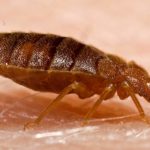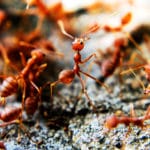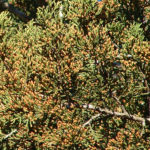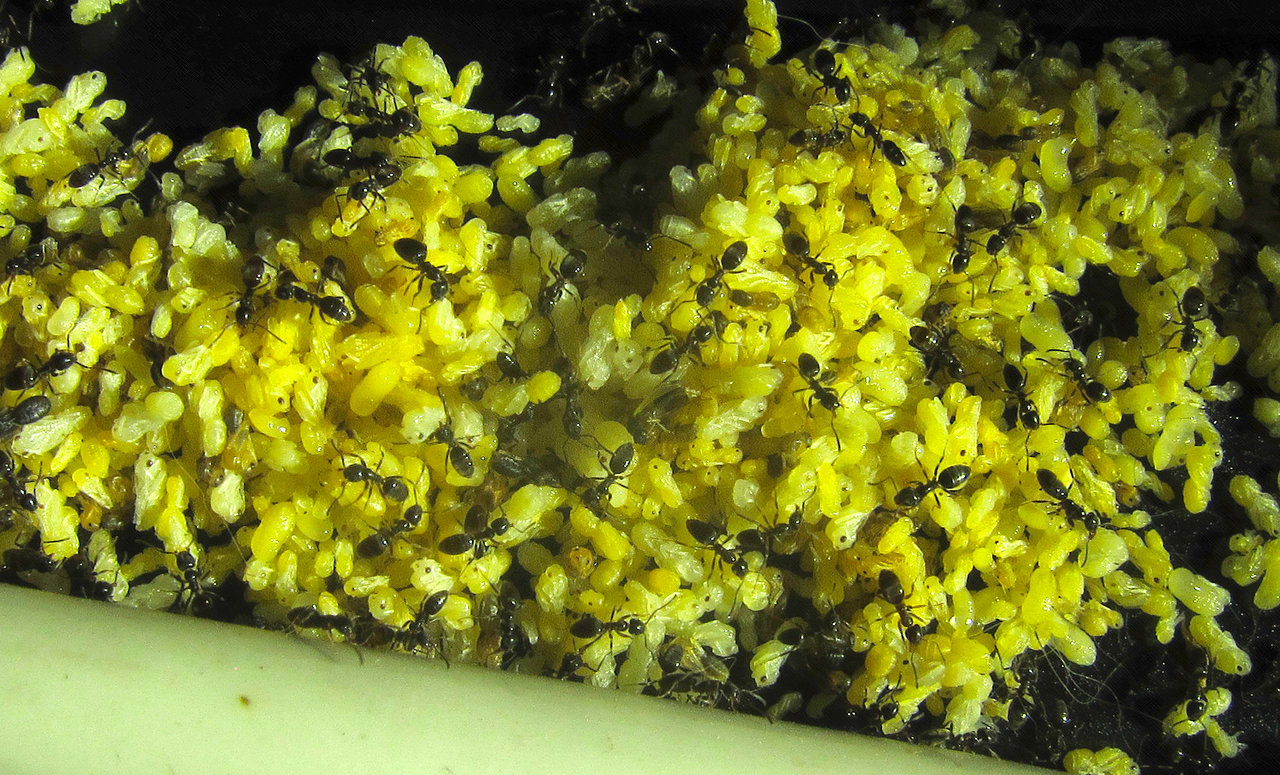
Check your shoes! Spray the repellent! Wear long sleeves! It really doesn’t matter what we do, there’s no escaping the pests that make their home in Fort Worth.
The same warm climate that attracts us to Texas also makes them feel welcome. Ants, cockroaches, and spiders top the list of the most bothersome pests invading our homes. While we want them out —now! — we’re also much more aware of the environment these days. It’s possible to rid your life of unwanted pests while being kind to the environment.
Ants
Mention ants in Fort Worth, and you’ll often hear, “Which ones?” Several types of ants call this area home.
We have:
- Carpenter ants, which get inside your home’s wood and destroy the structure.
- Odorous house ants are usually found in kitchens. They eat crumbs, sugar, grease, and anything else in cooking areas. When squashed, they smell like rotting coconuts.
- Acrobat ants are beneficial in the yard, as they eat termites, wasps, and other small insects. In your home, it’s another story. They destroy the structure by nesting inside wood, damaging walls.
- And, of course, the dreaded fire ants seem to be everywhere in Texas. They bite, causing painful bumps and worse in those who are allergic.
Eco-friendly solutions to ants
There are several ways to get rid of ants without harming the environment. These tiny bugs emit an odor, creating a scent trail that leads to food or back to the colony. If you confuse ants with a different scent, they’ll get lost and die. Spray areas where you see lines of ants with a vinegar/water mixture or tea tree oil and water. You can also sprinkle cinnamon, coffee, pepper, or baby powder on the trail.

If home remedies don’t work for you, there are eco-friendly products you can buy or have a professional apply.
Dr. Paul Nester of Texas A&M Agrilife Extension says the two-step method of using baits (insecticides) and treating individual mounds works well.
“A second program, also safe to children, pets and the environment, is to have a granular product containing fipronil broadcast over your yard once a year, preferably in the early spring, by a pest management professional.”
Another method involves diatomaceous earth. This naturally occurring rock crumbles easily and causes ants to dehydrate and die. You can sprinkle it in areas where ants gather.
Cockroaches
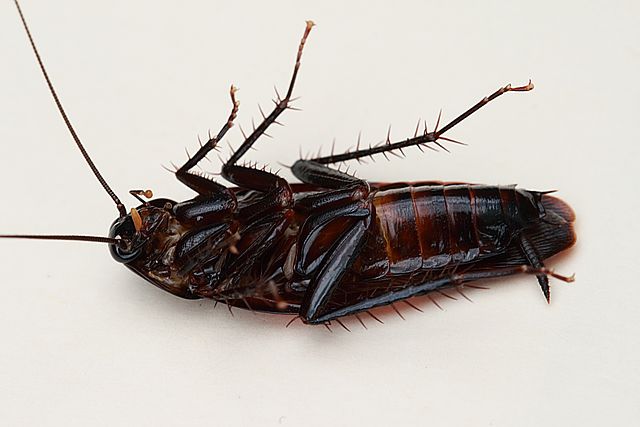
These invasive bugs are probably the nastiest pest in Fort Worth. They feed on garbage, spread bacteria on everything they touch, and leave their droppings on your kitchen counter. Researchers at Cambridge University found roaches spread disease even faster than rats.
They’re persistent, too. Some species can survive a month without eating. Scientists have tested that old saying about cockroaches surviving a nuclear blast and found it has a basis in truth: Cockroaches can withstand 10 times the radiation that humans can.
4 most-common Fort Worth cockroaches
Four species of roaches are common in Fort Worth.
- The German cockroach. It’s the most common. You’ll find them pretty much anywhere there’s food, moisture, and warmth.
- American cockroaches are sometimes called waterbugs, although that’s incorrect. They’re large roaches that prefer warm, dark, damp spaces.
- The Oriental cockroach is long and thick. They’re attracted to spaces with water and often travel along the plumbing.
- The smoky brown cockroach prefers the outdoors and moist, damp areas. Fort Worth is near the western end of its range.
One species has dropped off the “most-common” list, while another is threatening to break into the top tier list of pests. The brown-banded cockroach is less common than it once was. It loves warm indoor spaces; the widespread use of air conditioning has ruined many of its haunts. The Turkestan cockroach is the up-and-coming pest. This Asian native spread west from California and has become one of El Paso’s worst pests. Vanguards have invaded as far east as Georgia.
Eco-friendly solutions to cockroaches
While cockroaches predate mankind by millions of years, it is possible to get rid of them.
- Diatomaceous earth, mentioned earlier, is effective against roaches. It’s sharp, crumbly edges penetrate the roach’s exoskeleton, causing it to dehydrate.
- Here’s one you may not have heard about: Catnip repels roaches! While the smell of catnip drives your kitty crazy, it drives cockroaches away. Sprinkle it in areas where you’ve seen them or dark, damp corners. It won’t kill the roaches, but it will keep them from returning.
- Very soapy water is also a roach repellent. The detergents form a pore-clogging barrier that suffocates the insects. This method, however, must be applied directly to the roach, so it only works when you are very close to the bug.
Spiders
Itsy-bitsy spiders and large ones, as well as two types of poisonous arachnids, reside in Fort Worth. While they can be beneficial in ridding your yard of termites, sowbugs, and earwigs, most of us don’t want them in our homes! Tarantulas are common in Texas but are shy and seldom seen. Wolf spiders may look terrifying but are usually not harmful. Then there are the black widow and brown recluse spiders, which are poisonous.
You can keep them all at bay in an eco-friendly way.
Eco-friendly solutions to spiders
Essential oils are all the rage these days, providing remedies for several problems. You can add spider repellent to the list. Add several drops of peppermint, eucalyptus, citronella, or tea tree oil to water, with a little dish soap, and spray affected areas several days in a row. You can also use vinegar and water.
Glue traps are another environmentally friendly way to rid your home of spiders. You can find these non-toxic, sticky traps at Fort Worth hardware stores.
Cedar blocks and chips act as a spider repellent. Sprinkle some around your home, especially in closets, to keep them away. Added bonus: they smell good!
These insects are among the most common pests in North Texas but are far from the only critters around. You’ll find everything from rabbits to foxes to opossums living in our urban area. While they rarely cause problems, rats and mice certainly do!
In Fort Worth, the city no longer picks up or provides traps for wildlife except in certain cases, but they do offer suggestions on where to turn to take care of rodents and other pests. When it comes to pest control, you can do many of these methods yourself. But it’s usually best to call a professional.
Eco-friendly doesn’t always mean nontoxic and you don’t want to expose you or your family to harmful treatments. And these days, there are plenty of green exterminators to choose from.
Main image credit: Odorous house ants, Schizoform, CC 2.0
